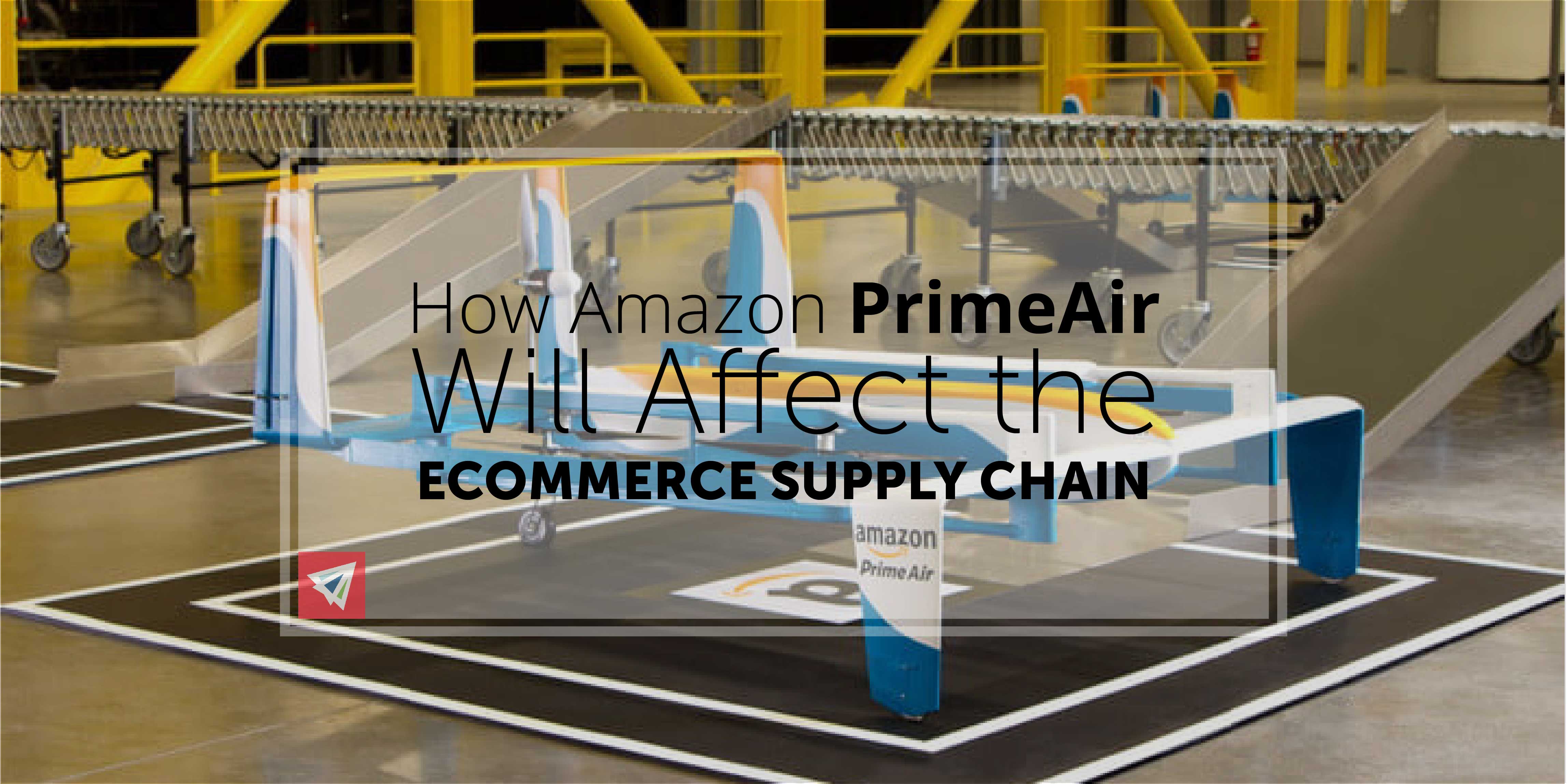There’s been tons of buzz around the idea of same-day delivery as of recent. Companies across the U.S. are doing everything in their power to make it possible. The fundamental issue? Unless you have warehouses everywhere, hundreds of truckers available around the clock, tons of dock doors, and an intense eCommerce website and TMS, the likelihood of making it happen is quite low.
A few major companies that have managed to make this work are: Target, Walmart, Whole Foods, Sam’s Club, CVS, and Verizon. However, the most recognized brand that has made same-day delivery a popular and feasible option is (you guessed it) Amazon. But Amazon’s PrimeNow wasn’t enough. The company is seeking to break industry records with same-hour delivery through the release of PrimeAir.
How Amazon PrimeAir Works
Amazon PrimeAir has extended beyond the conceptualize and design phase and is officially being tested. PrimeAir is an attempt to make order deliveries by air drones. The idea is that hundreds (or thousands) of these drones would fly in and out of Amazon warehouses across the U.S., picking up products in the order they were placed and dropping them off at customers’ doors within a matter of minutes.
No more awkward shouting down the hallway to ask if you’re out of toilet paper. Amazon has you covered.
How Amazon PrimeAir Will Disturb Amazon Sellers
Amazon PrimeAir is a fantastic concept for Amazon customers. The ability to receive your products in under an hour seems like a futuristic dream. However, it creates an entirely different playing field for sellers. Here’s why:
Inventory Stocking
In modern warehousing, predictive analysis is rather easy. You look at the quantity of goods you have ordered, how many sold over what time period, and order according to these metrics. But even when properly ordering and stocking goods, peak seasons and other influencing factors can cause for a product to go sold out in minutes. What happens when the entire consumer buying cycle happens in under an hour?
Sellers need to prepare for Amazon PrimeAir by overstocking their goods a significant amount. Out of stock goods cause for major bounce rates on your product page, which ultimately pushes you down in your Amazon search ranking. But we all know that overstocking causes an issue with budgeting…
Profit & Budgeting
You don’t want your goods to go out of stock, so you overstock… but then your margin per unit is low enough that overstocking creates a profit issue. Unfortunately, as stated above, sales predictions are going to be significantly harder for new Amazon PrimeAir sellers. Here’s why:
The new platform is in its infancy. All three parties – Amazon, Amazon Sellers, and Amazon Buyers – are all evolving on the platform, changing the way they purchase, and learning more about how it can be used. Overall, one can expect that the eCommerce store will be upward trending, but there’s no certain insights as to how this will affect individual sellers. If you are planning on tapping into this market, we recommend that you take the risk of overstocking for the opportunity at ranking higher in a completely new online market.
Orders & Supply
No need to worry about getting your goods to your customers in under an hour – Amazon has that logistical piece covered with PrimeAir. But how will sellers handle restocking and ordering the goods necessary to supply to Amazon?
If you plan on working with the new Amazon PrimeAir delivery plan, we highly suggest you link your purchasing and shipping departments to work in conjunction with one-another. As soon as you receive notice that inventory is low, purchasing and routing the goods to the necessary Amazon facility is incredibly important.
Conclusion
Amazon PrimeAir is a unique concept. While a few corporate giants are able to satisfy same-day delivery, Amazon is taking the next step with same-hour delivery by air drones. The concept is awaiting approval by all necessary government entities, but once it is passed, it will be an entirely different playing field for Amazon sellers.
Inventory stocking, purchasing, budgeting, and shipping their goods in due time to Amazon facilities will require more planning than ever. But the potential opportunities to tap into a new eCommerce market are well-worth it.
If you are curious to learn more about this or related topics, please reach out to one of our team members! We are happy to help in any way that we can!
